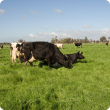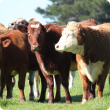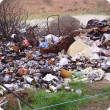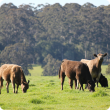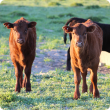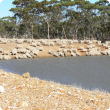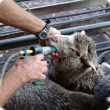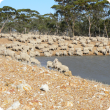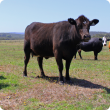Services
Search in Services
Filter services by topic
- Livestock & animals (31) Apply Livestock & animals filter
- (-) Remove Biosecurity & quarantine filter Biosecurity & quarantine
- Biosecurity (31) Apply Biosecurity filter
- (-) Remove Livestock management filter Livestock management
- Pests, weeds & diseases (30) Apply Pests, weeds & diseases filter
- Livestock biosecurity (30) Apply Livestock biosecurity filter
- Livestock health & diseases (27) Apply Livestock health & diseases filter
- Diseases (27) Apply Diseases filter
- Livestock disease surveillance (25) Apply Livestock disease surveillance filter
- Livestock species (16) Apply Livestock species filter
- Management & reproduction (12) Apply Management & reproduction filter
- Sheep (10) Apply Sheep filter
- Emergency animal disease preparedness (7) Apply Emergency animal disease preparedness filter
- Feeding & nutrition (6) Apply Feeding & nutrition filter
- Beef cattle (6) Apply Beef cattle filter
- Dairy cattle (5) Apply Dairy cattle filter
- Control methods (4) Apply Control methods filter
- Chemicals (4) Apply Chemicals filter
- Wildlife biosecurity (3) Apply Wildlife biosecurity filter
- Residues in livestock (2) Apply Residues in livestock filter
- Preventing residues (2) Apply Preventing residues filter
- Stockfeed (2) Apply Stockfeed filter
- Veterinary chemicals (2) Apply Veterinary chemicals filter
- Emergency response (2) Apply Emergency response filter
- Goats (2) Apply Goats filter
- Livestock movement & identification (2) Apply Livestock movement & identification filter
- Poultry & birds (1) Apply Poultry & birds filter
- Water management (1) Apply Water management filter
- Pigs (1) Apply Pigs filter
- Water (1) Apply Water filter
- Horses (1) Apply Horses filter
- Climate, land & water (1) Apply Climate, land & water filter
- Food, export & investment (1) Apply Food, export & investment filter
- Investment attraction (1) Apply Investment attraction filter
- Livestock research & development (1) Apply Livestock research & development filter

